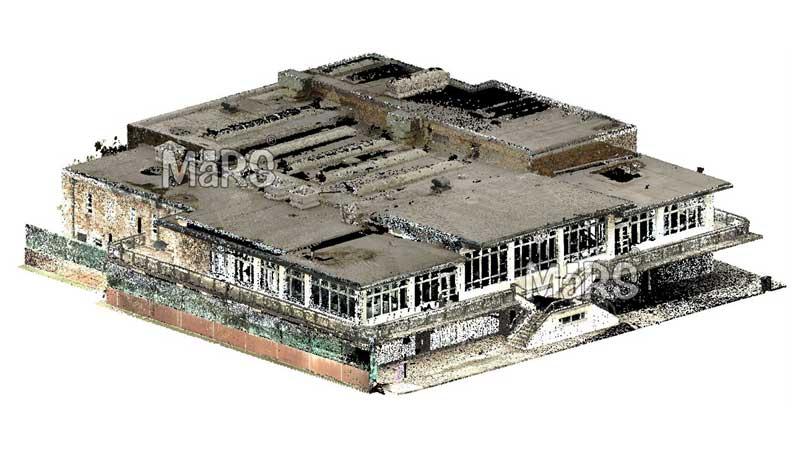BIM: Revolutionizing Infrastructure Development for the Future

In the ever-evolving world of construction and infrastructure development, the adoption of Building Information Modeling (BIM) has been a game-changer. BIM is a digital representation of a building or infrastructure project's physical and functional characteristics, allowing for a more collaborative and efficient approach to the design, construction, and maintenance processes.
Historically, infrastructure projects have faced numerous challenges, such as cost overruns, delays, and suboptimal design decisions. However, the integration of BIM technology is transforming the landscape of infrastructure development, providing solutions to these long-standing issues.
Related blog: How BIM Can Help Revolutionize The Development Of Infrastructure Projects?
One of the key benefits of BIM is its ability to create a comprehensive, three-dimensional (3D) model of the entire project, including all its components and systems. This virtual representation allows for better visualization, improved collaboration among stakeholders, and more accurate planning and decision-making.
By leveraging BIM, project teams can identify and resolve potential conflicts and design flaws early in the process, reducing the need for costly rework and delays. Additionally, the data-rich model can be used to generate accurate cost estimates, streamline construction scheduling, and optimize material procurement.
Furthermore, BIM's capabilities extend beyond the design and construction phases. The technology can also be utilized for infrastructure maintenance and operations, providing a centralized repository of information that facilitates better asset management, predictive maintenance, and long-term planning.
As the world grapples with the challenges of aging infrastructure and the need for sustainable development, BIM has emerged as a transformative solution. By enabling more efficient and data-driven decision-making, BIM can help governments, municipalities, and infrastructure agencies plan, design, and manage projects with greater accuracy, cost-effectiveness, and environmental responsibility.
Moreover, the integration of emerging technologies, such as virtual reality, augmented reality, and internet of things (IoT) sensors, further enhances the capabilities of BIM, allowing for more immersive visualizations, real-time monitoring, and predictive analytics.
In conclusion, the adoption of BIM in infrastructure development is a powerful step towards a more sustainable, efficient, and resilient future. By embracing this technology, project teams can unlock new levels of collaboration, optimize resources, and deliver infrastructure projects that meet the evolving needs of communities worldwide.






Comments